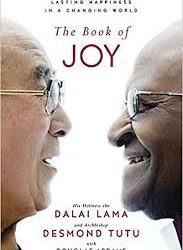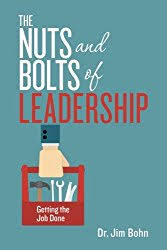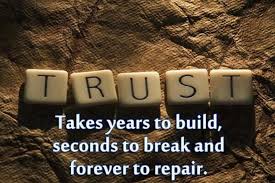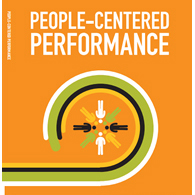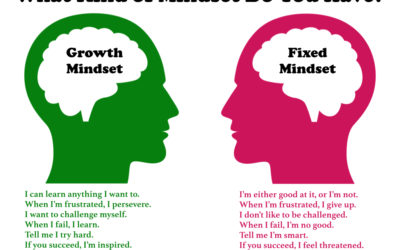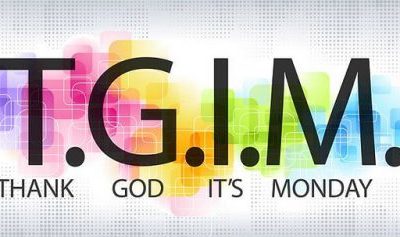Wisdom comes in many forms. I look for opportunities to be in the room with people that are telling their story so I can listen to their words and feel their presence. The Book of Joy transported me into a room with two leaders worth listening to as they celebrated their friendship and reflected on topics I believe are critical to people at this point in our history. Not just for leaders, but for anyone who is looking to lead in their own life, regardless of their title or place.
professional development
5 Powerful Questions for New Leaders & 1 Habit to Maintain Traction: Guest Post by David C. Baker
What are 5 powerful questions every new leader should get answers to? What is the one habit that new leaders should continue to practice as they work toward their goals and the goals of the organization during that first year? David C. Baker has worked extensively with leaders on building successful businesses. This post is about helping new leaders get traction in their new role and maintain it as they build their own legacy as a leader.
Guest Post: Blue Collar Scholar, Jim Bohn – What is our Organizational Level Engagement?
What is more important than employee engagement? The Blue Collar Scholar, Jim Bohn, believes it is organizational level engagement. Here are the questions leaders should be asking themselves and others to assess it, build it, and lead it. Great conversations start with a question, and learn from Jim how you can start this conversation in your organization.
Let’s call it Trust Building, not Team Building
When I say team building, how many of you roll your eyes or audibly grown? It is a common response. Here is a story of how a challenge from a leader led me to an answer that will make team building go away and trust building take over for your team as a critical team health activity.
Why do your 3-year old and 18-year old drive you crazy? A graph to make you laugh and think . . .
Why do 3-year olds and 18-year olds test our patience as parents? How does that apply to leadership? Here is a graph and some initial thoughts to get you thinking.
Two questions to assess mindset; One question to invite a shift
Having a tough time with traction? A key leadership skill is assessing the mindset of your team. Here are some key questions based on the research by Carol Dweck and her book Mindset. It is not about being a good or bad person, it is about being effective at helping the team and company grow.
TGIM
A positive attitude is infectious. Do you TGIM? Why not start the experiment today and continue it for the rest of the summer. Here is what it meant to one leader. This is a leadership lesson for everyone.
Trust and Leadership: A FREE learning activity for your leaders this summer
Trust and Truth. The two things I believe leaders need to be building and leveraging every day. Now it is supported by research and tied to behaviors every people-centered leader should be focused on practicing. Here is a free study guide for a group of leaders to use to read the article and translate it into action. My core value is Learning + Doing = Growth. This is a gift for you that I guarantee will have an impact on your effectiveness as a leader.
Getting beyond the superficial as leaders: 2 Tips
Superficial relationships tend to focus on the obvious and inspire nothing new. Leadership can be lonely, and yet I see leaders creating this condition by staying superficial. Here are two tips for moving beyond the superficial.
The power of PAUSE: Two tips for practicing it today
How effectively do you hit the pause button? Too often leaders think pause = weakness. The reality is pause creates space for effective teamwork. Here are two tips for practicing it today and some wisdom from Seth Godin about why it is so important. It is a critical skill for people-centered leaders.
People-Centered Leaders – Read this article!
People-centered leaders know the importance of having their talent (people) engaged in their work. Easy to say, but not simple to do. Here is the neuroscience behind engagement – a must-read for people-centered leaders and EOS leaders.
Wanted: Passionate, Hope-Filled Leaders
What is your filter for saying “yes” for your role? For your organization? The irony is that a filter is really there to say “no” all the time, as a way to intentionally have conversations so “yes” is backed with reason and requirements from key partners in your work. A Core Focus is a way for leaders to help their teams have more powerful conversations around their work and the team’s work.
